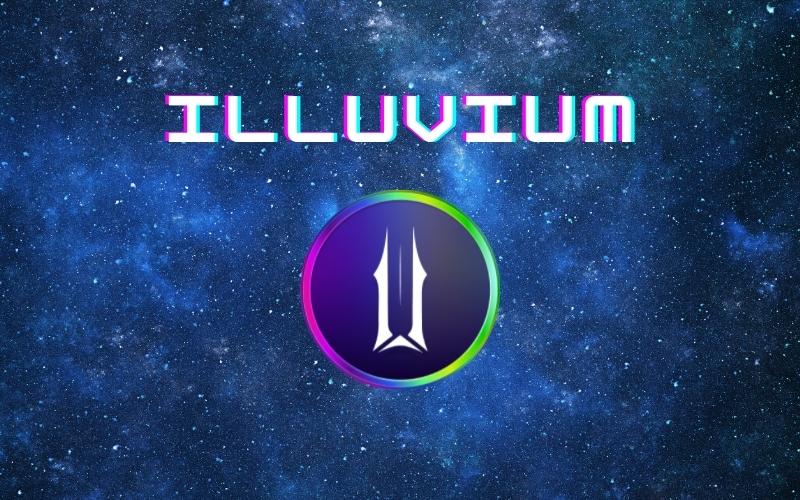- Higher tier plots produce more Fuel.
- Tier 5 owners to host tournaments for extra gains.
- ILV remains above $273 with staking utility.
Illuvium, a GameFi hub still in the pre-gaming stage, opened up a decentralized exchange for its land plots. The exchange will absorb the land plots, which can be minted from June 2, 2022.
Illuvium will sell 20,000 unique plots over seven regions in the game. Landholders will have a piece of the game, retrieving at least 5% of game revenues once Illuvium fully launches. The land sale is an extension of the passive income approach on the Illuvium economy, which relied on ILV staking.
Land plots have different biomes and tiers, with a Taiga Boreal Tier 4 plot asking a price of 32 ETH. Lowest asking prices are at 2.29 ETH. The relatively high price of land plots extends the quality of Illuvium as a high-investment game. Andrew Wall, head of marketing at Illuvium, explained the utility of various biomes and tiers.
The chief utility of Land in the Illuvium metaverse is to produce Fuel, the central resource in the game economy. Higher tiers offer higher Fuel reserves. Owners of special Tier 5 metaverse land plots can also organize tournaments on their land for extra earnings.
Illuvium Partners with L2 Solution ImmutableX
The land sale happens while Illuvium partners with ImmutableX, a second-layer solution that allows the usage of the Ethereum network without the high fees. The land sale is a so-called slow mint, which may take weeks or months to distribute the land plots. ImmutableX is known to assist high-profile NFT mints, including the GamerStop NFT collection.
Illuvium is one of the most awaited games in 2022, though its development has been slow. The project offers ILV staking, while displaying in-game art on its social media. But there is still no set date for the game’s launch. Illuvium promises to be a complex game with 3D detailed characters, offering resource gameplay and battle options.
ILV, the native asset of the game, is still based on Ethereum (ETH). ILV had a high-price strategy, briefly rising to four-digit prices. Now, the asset’s utility is mostly to be locked in a new staking contract, after the previous V1 staking showed an exploitable vulnerability, though no tokens were lost.










